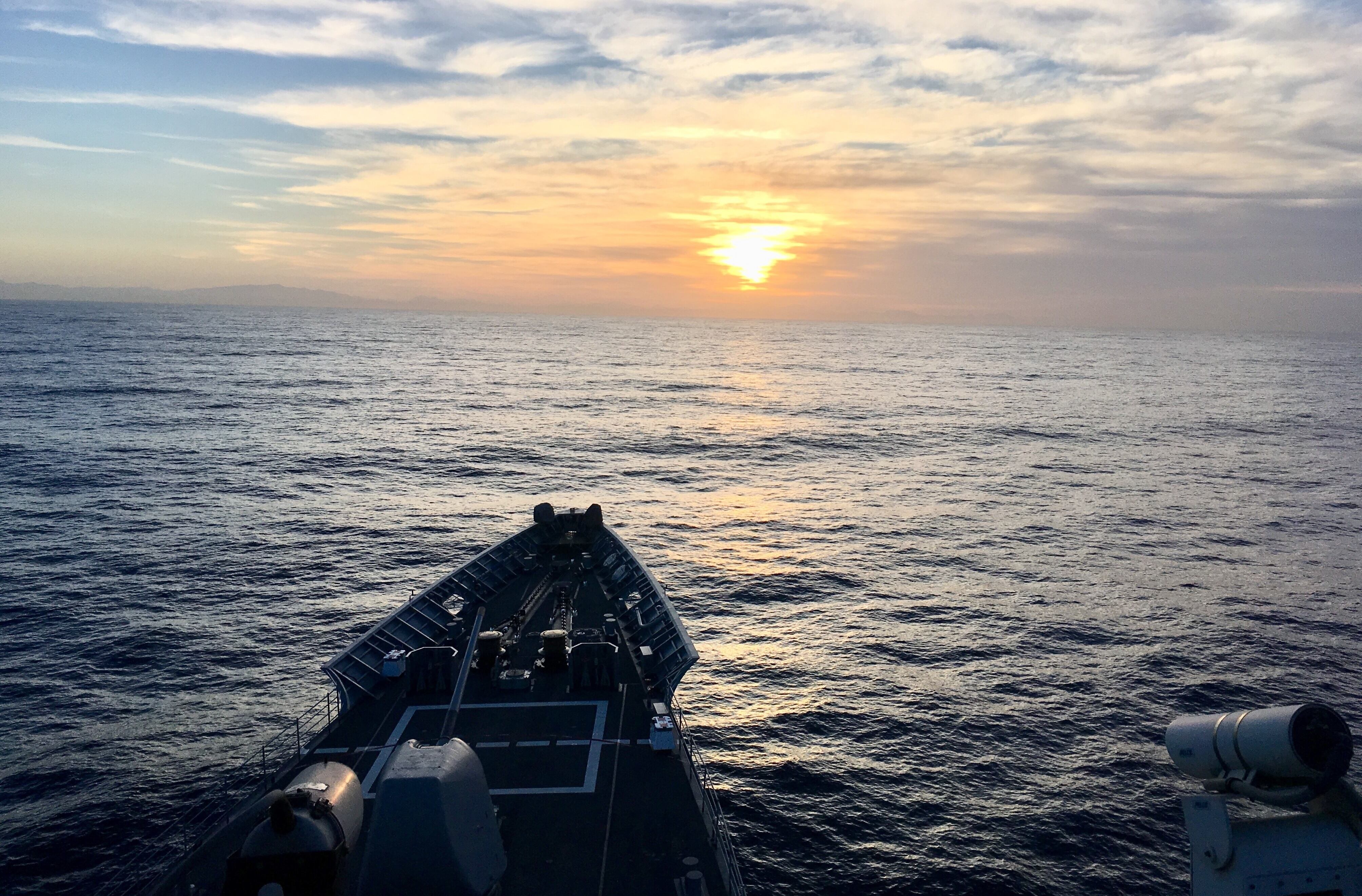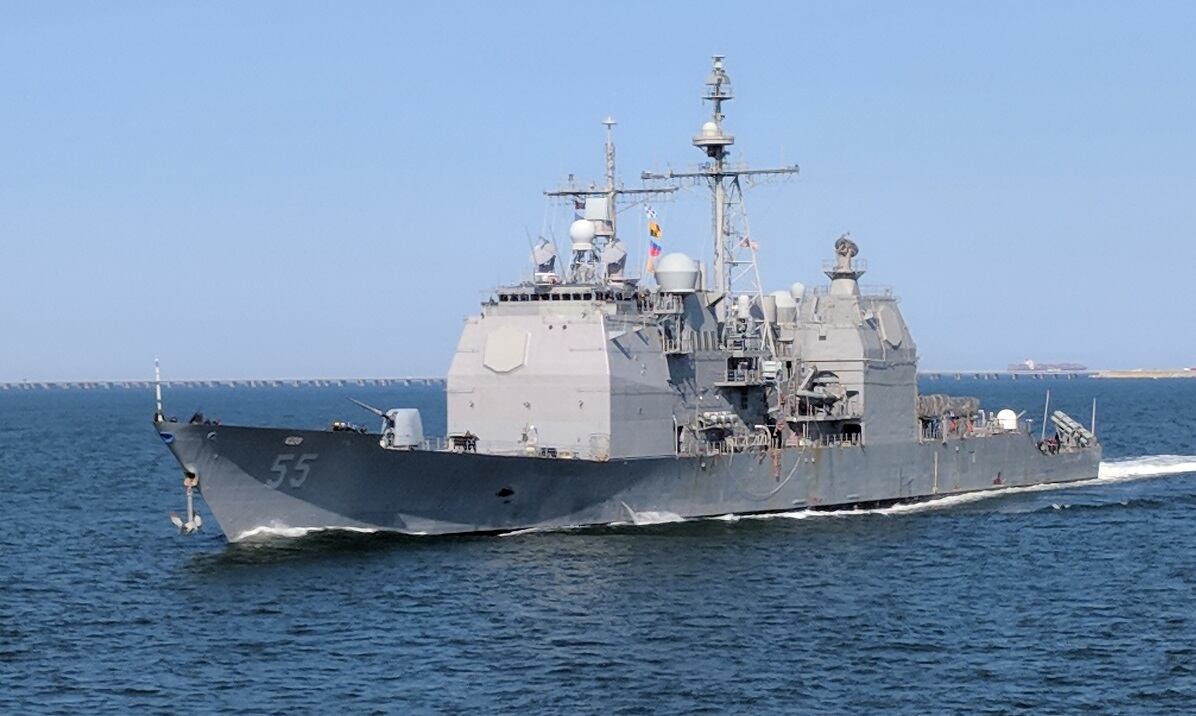WASHINGTON — The U.S. Navy is putting its money where its mouth is when it comes to modernizing its cruisers.
General Dynamics NASSCO in San Diego, California, and Virginia-based BAE Systems Norfolk have both received roughly $147 million contracts to modernize the cruisers Cowpens and Gettysburg, which have been in layup since the fall of 2015.
The contracts appear to fulfill a promise made to Congress three years ago that they would not move to decommission the aging warships, which serve in the fleet as the primary air defense platforms for protecting the aircraft carriers, something lawmakers were skeptical of when the Navy first advanced its cruiser modernization plan.
The contracts, aimed at the maintenance, modernization and repair of the hulls, come as the ships enter their last year in the program known as the “2-4-6 plan,” which allowed the Navy to lay up two cruisers a year, for no more than four years and allow no more than six of the ships to undergo modernization at any one time.
Both Cowpens and Gettysburg were put into phased modernization in 2015, meaning they’ll need to come out in 2019.
RELATED

The Navy’s cruiser modernization efforts will likely continue in 2019. The cruisers Vicksburg and Chosin were inducted into phased modernization in 2016, meaning they will be within their year window next year. Furthermore, the Navy asked for funding for six cruiser service-life extensions in 2019, according to its most recent 30-year shipbuilding plan.
Earlier in the decade the Navy was looking to cut costs by decommissioning early some of the cruisers that had not reached their expected hull life, a move that angered some in Congress including then-Chairman of the House Armed Services Committee’s Seapower and Projection Forces Subcommittee Rep. Randy Forbes, as well as the subcommittee’s current chairman, Rep. Rob Wittman, both Republicans from Virginia.
Since the Trump administration has taken office, however, talk of decommissioning older combatants has transformed into a discussion about keeping them around as long as possible to reach a 355-ship fleet, now required by law.
In addition to the cruisers, the Navy is also putting a plan together to extend the lives of all the Arleigh Burke-class destroyers to 45 years, as a means of driving up the ship count, the Navy’s top requirements officer, Vice Adm. Bill Merz, told lawmakers in April.
“We saw a path to achieve this 355[-ship fleet] achievement as quickly as the 2030s,” said Merz, deputy chief of naval operations for warfare systems. “NAVSEA [Naval Sea Systems Command] completed the analysis of the class, so we will in fact be extending the entire class out to 45 years."
“With that, now we know the life expectancy of the entire class,” he added. “We can roll in the right maintenance, the modernizations much more efficiently, much more affordably, for the entire duration of the class.”
RELATED

But keeping older ships in the fleet comes at a premium because, much like maintaining a classic car, the cost of maintaining and operating the hull only goes up as ships push the limits of their service lives.
“If the Navy wants to get the fleet numbers up, this is the way to do it,” said Bryan Clark, an analyst with the Center for Strategic and Budgetary Assessments and a retired submarine officer. "But at some point it becomes more cost-effective to just buy a new ship. If they don’t have the money to do that right now, then the only choice they have is to keep the older ships. But you end up spending more money in the long run because you don’t have the money for new ships in the short term.
“That is something the Navy is really going to have to wrestle with, especially as they are talking about keeping the destroyers around for 45 years. At some point the [operations and maintenance] costs become unsustainable.”
David B. Larter was the naval warfare reporter for Defense News.








